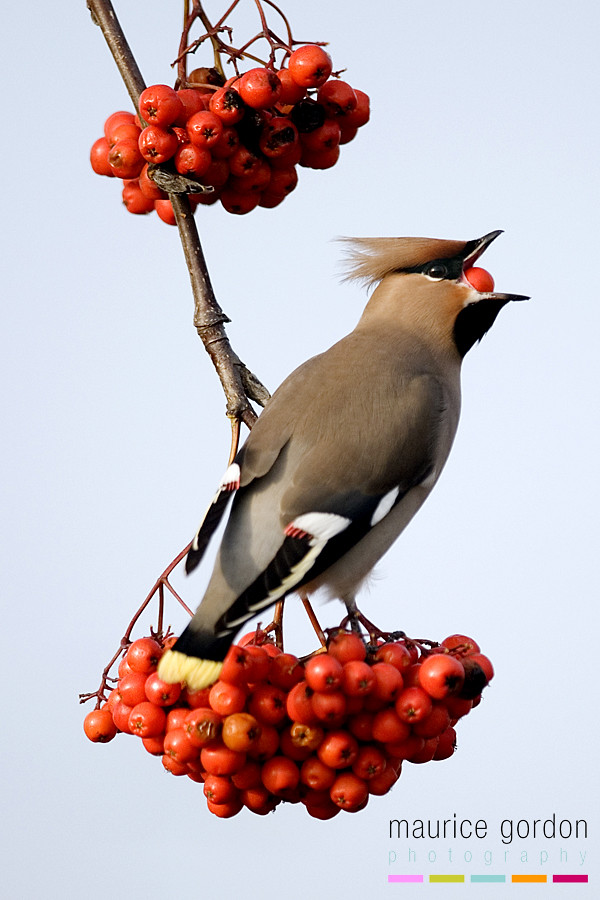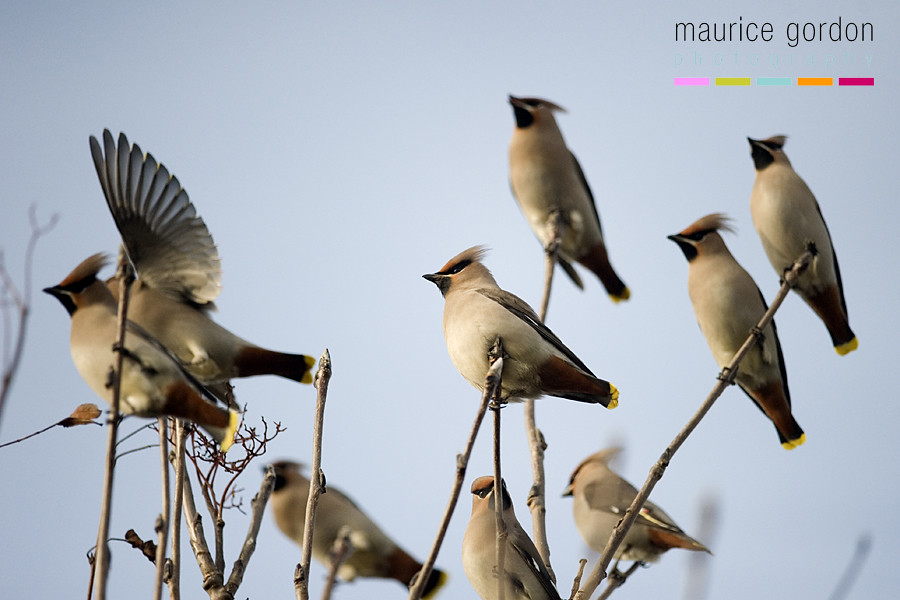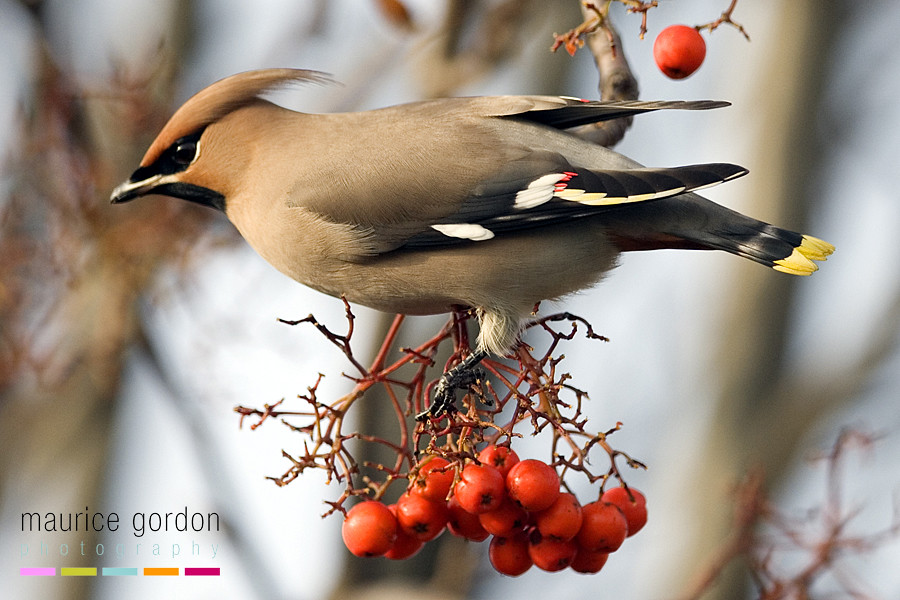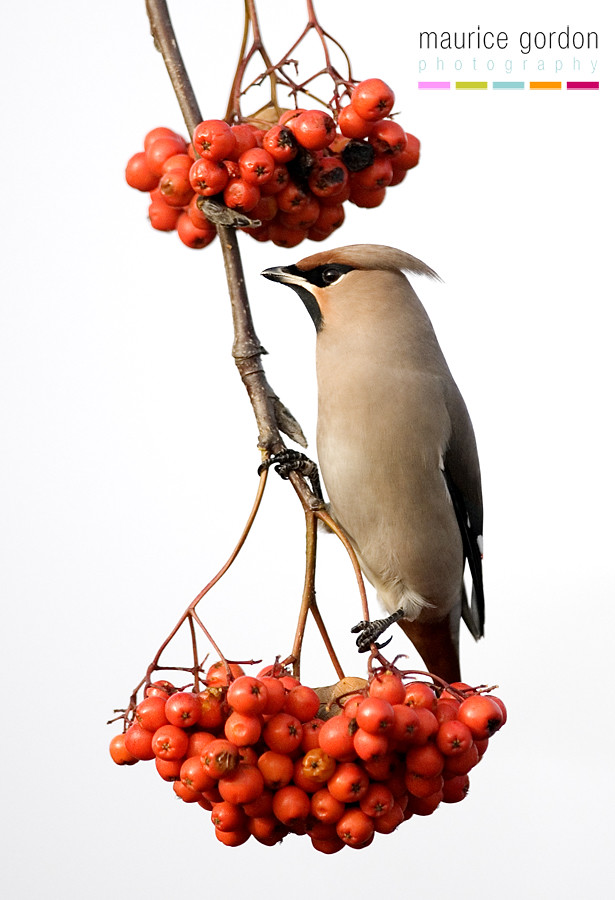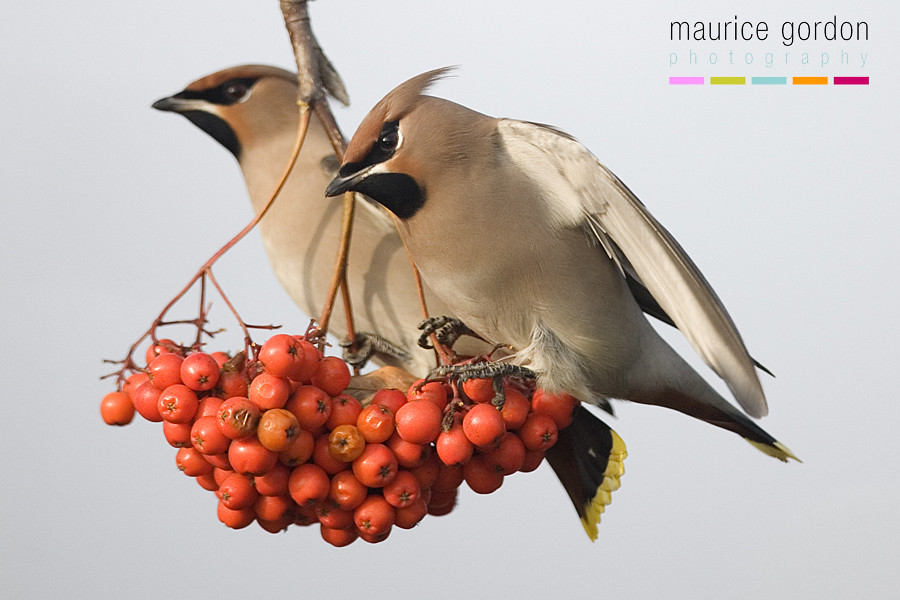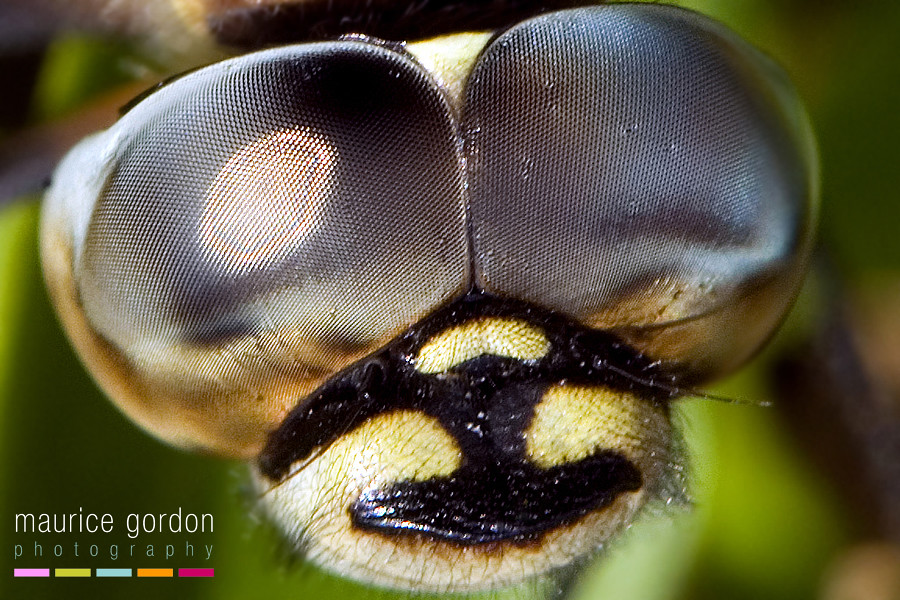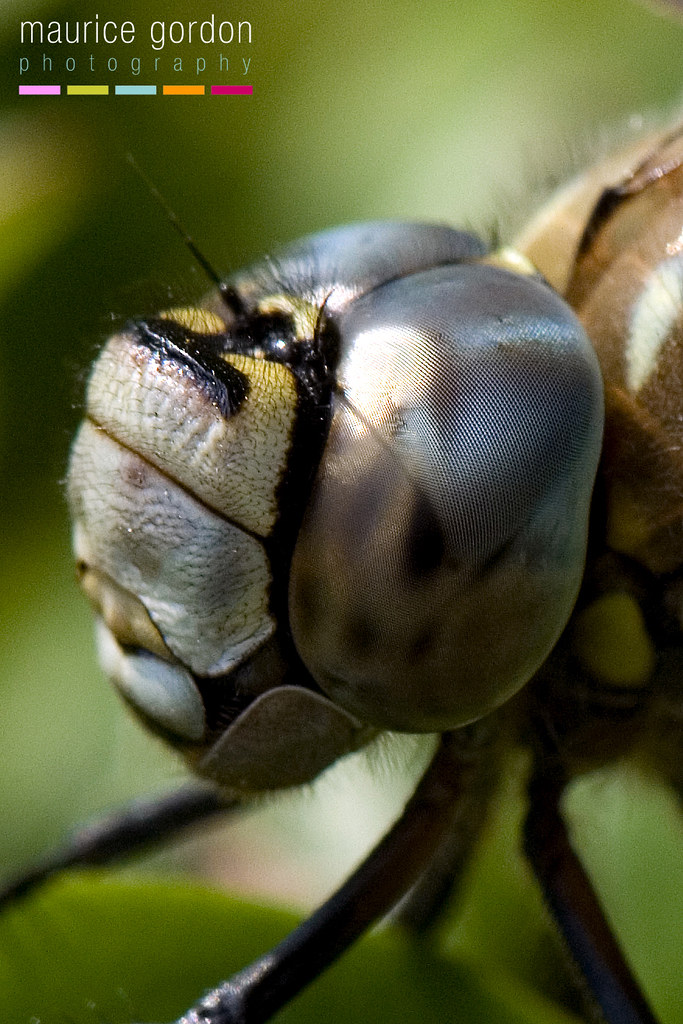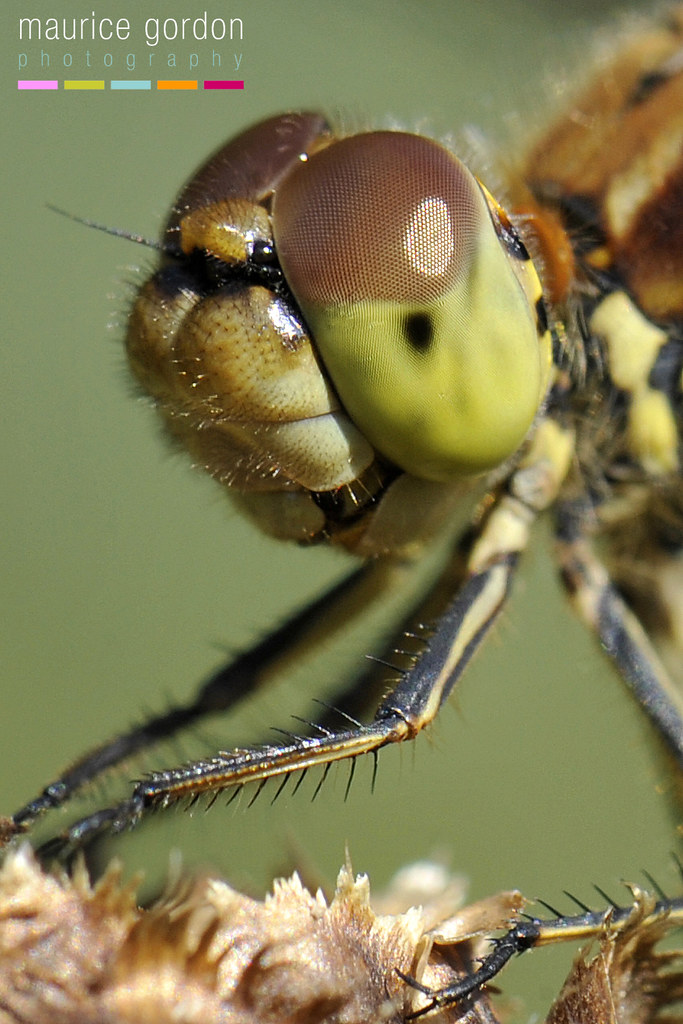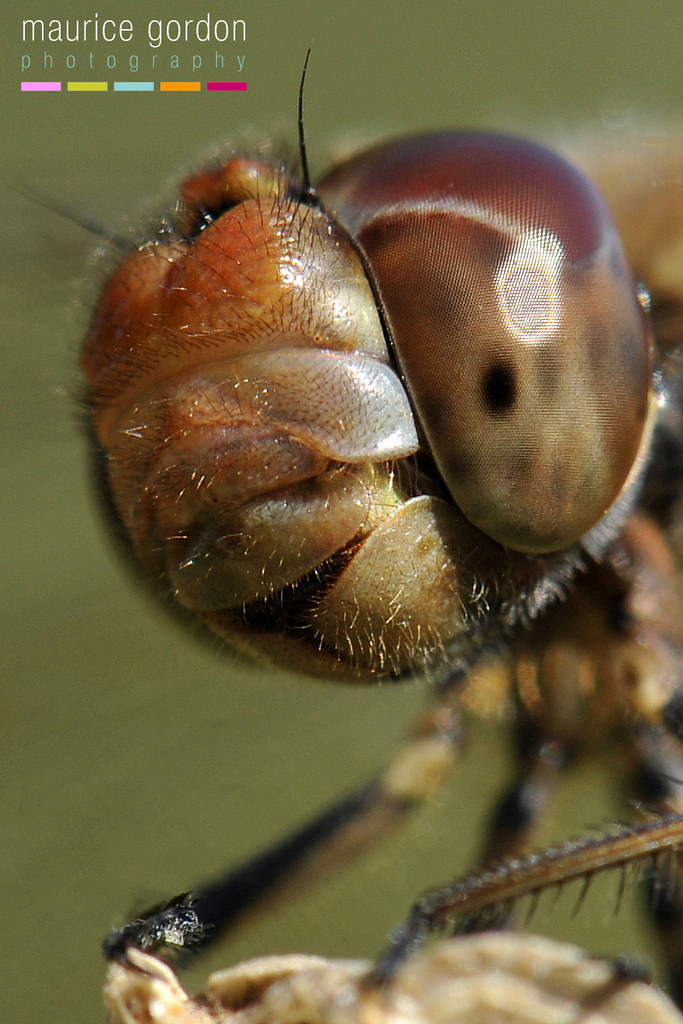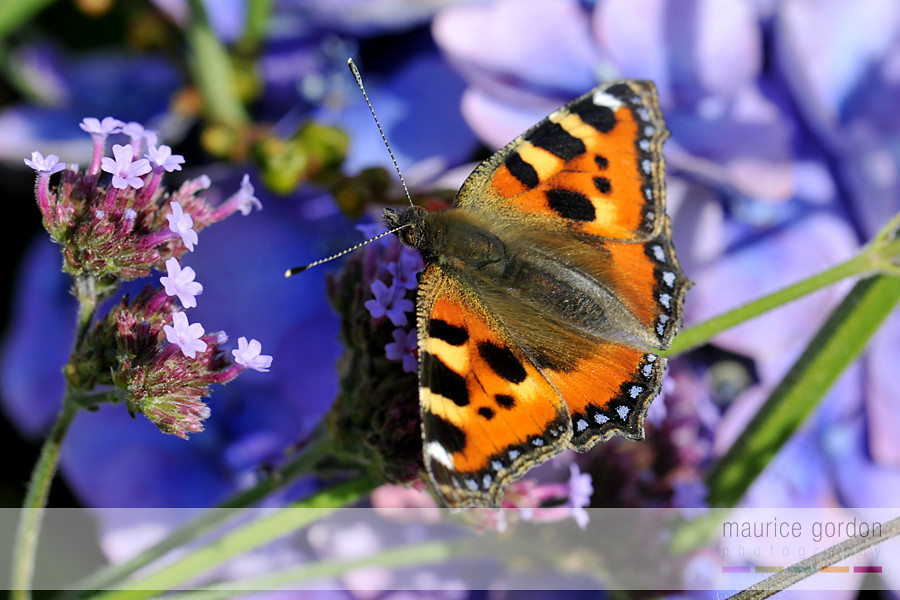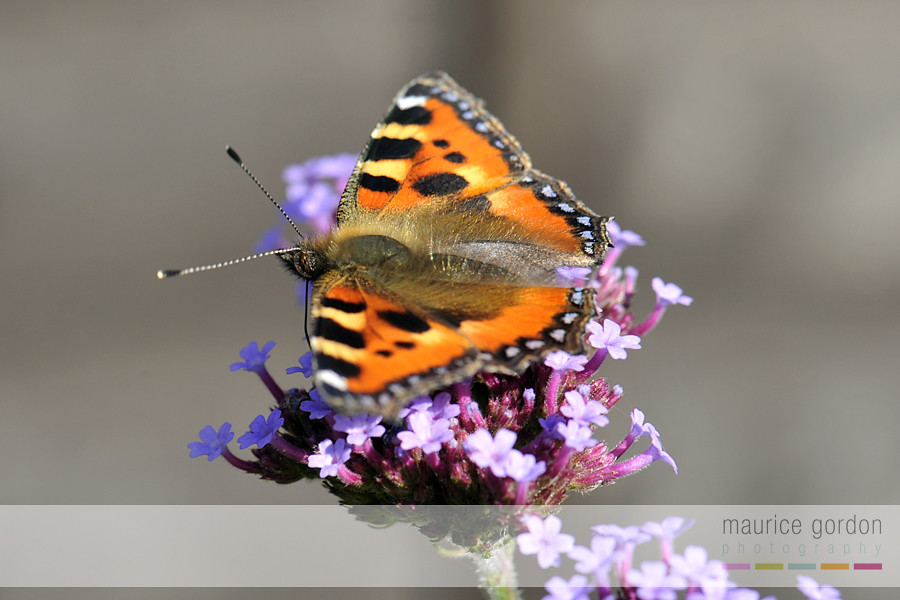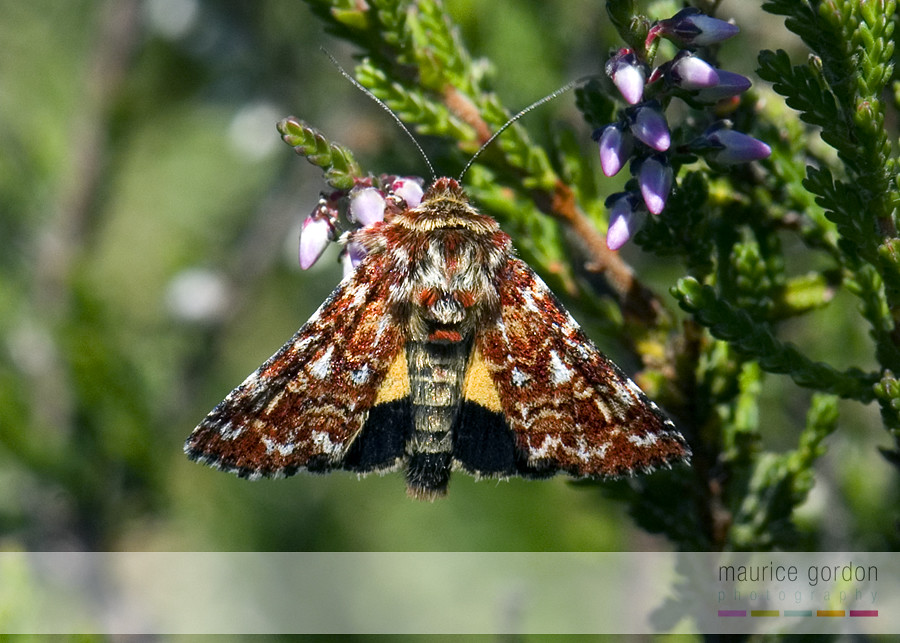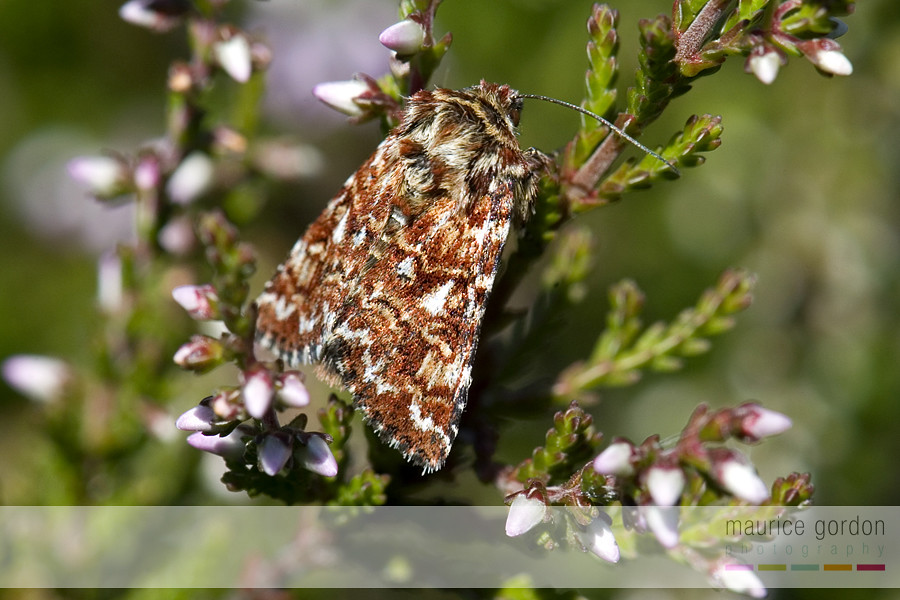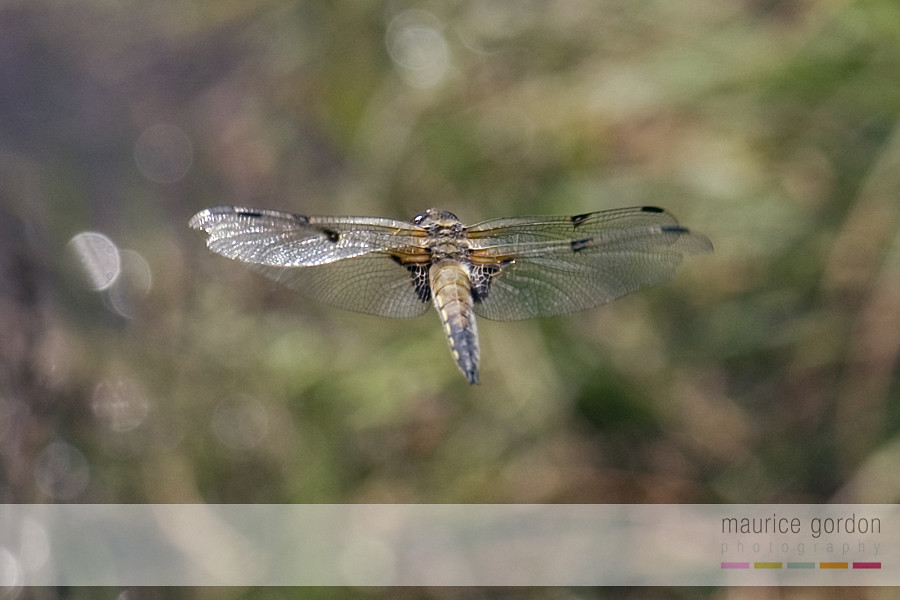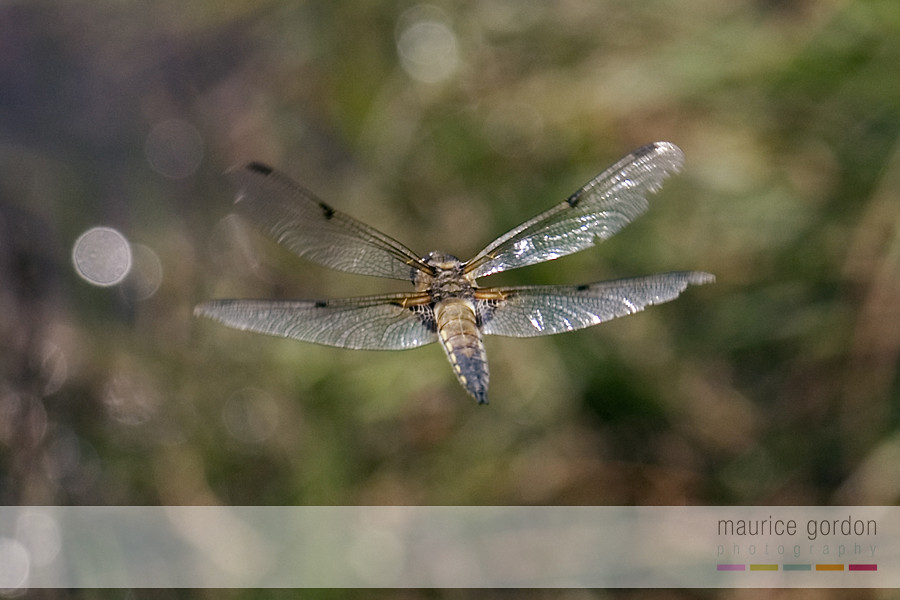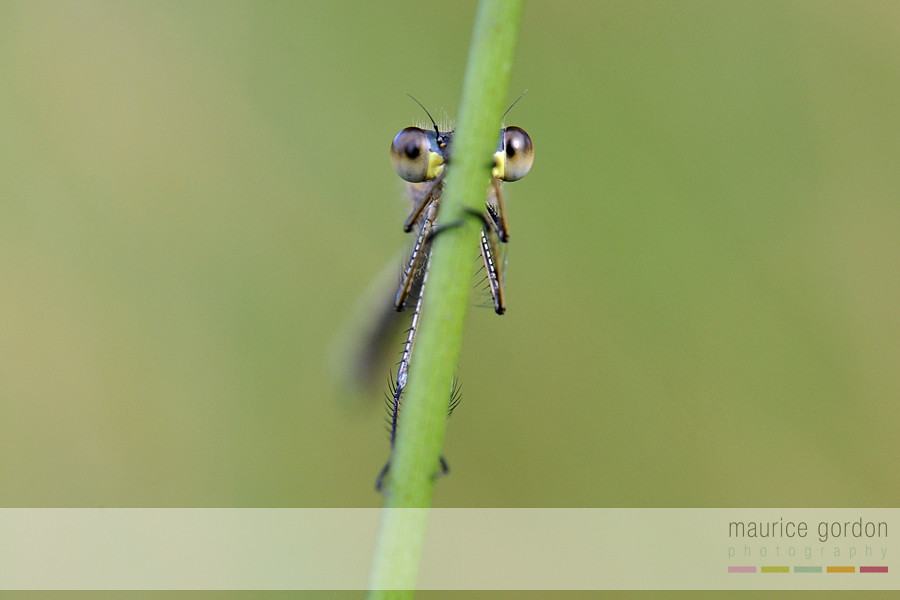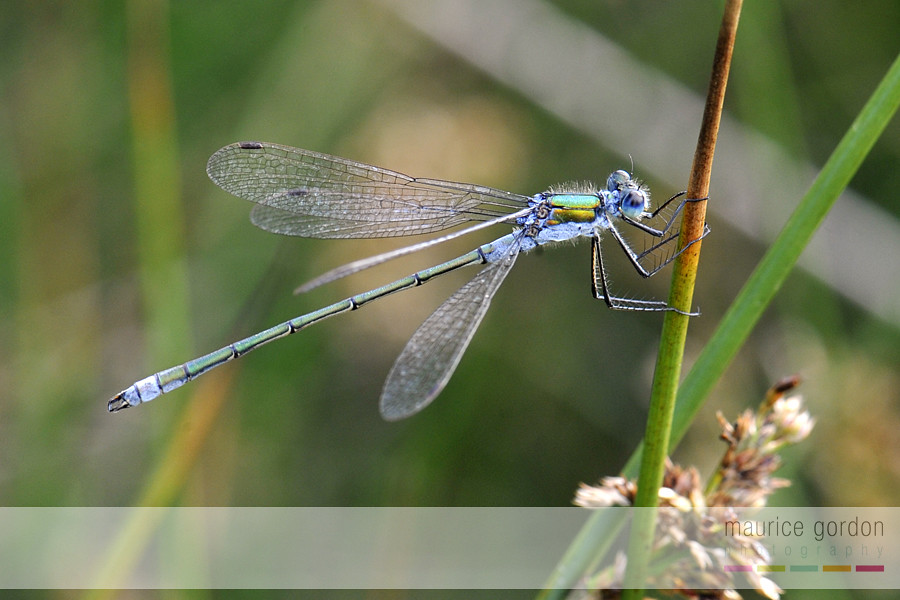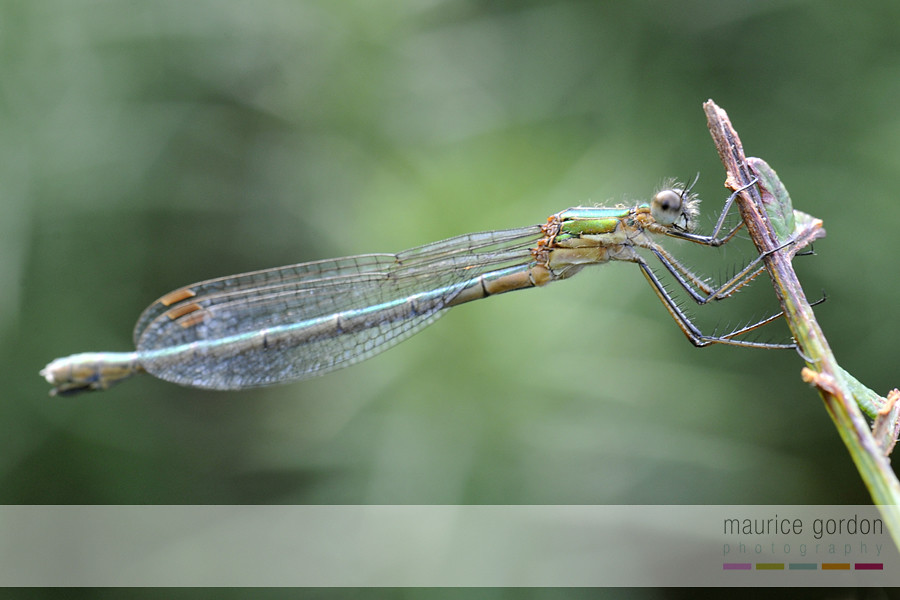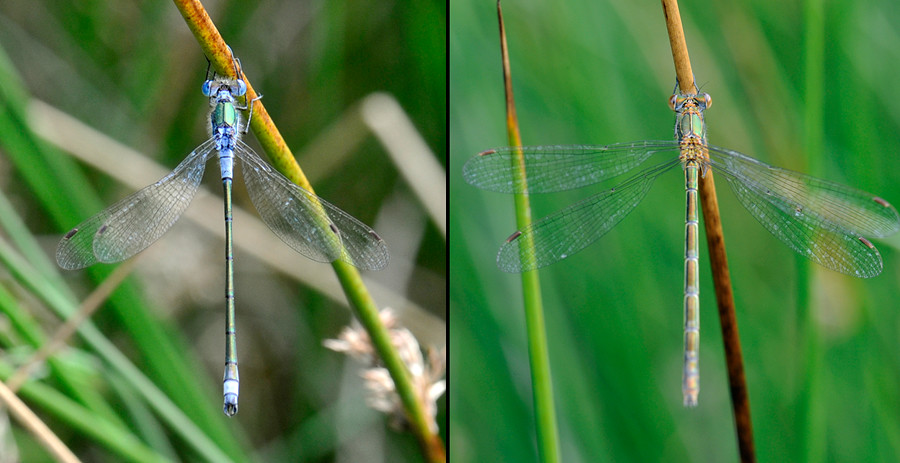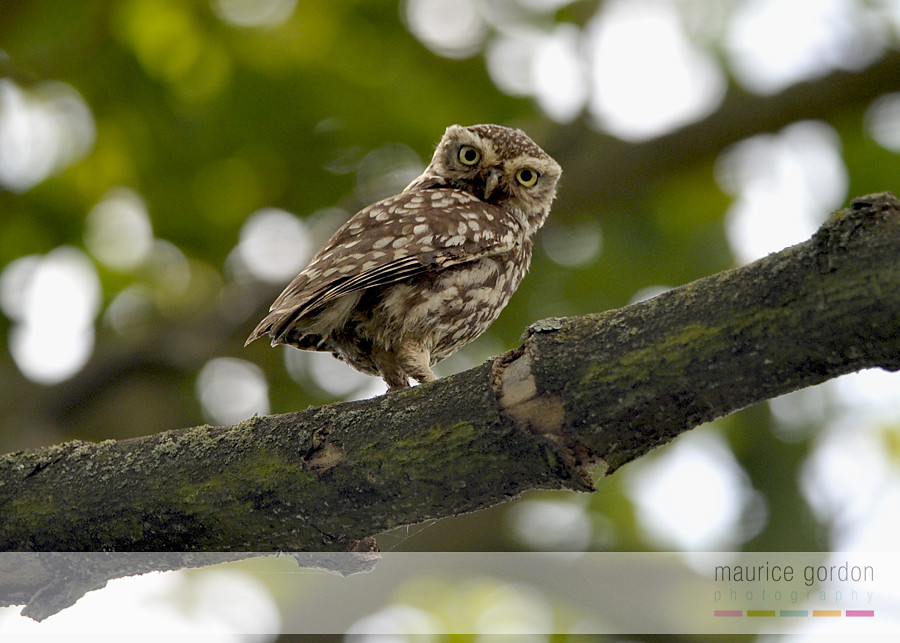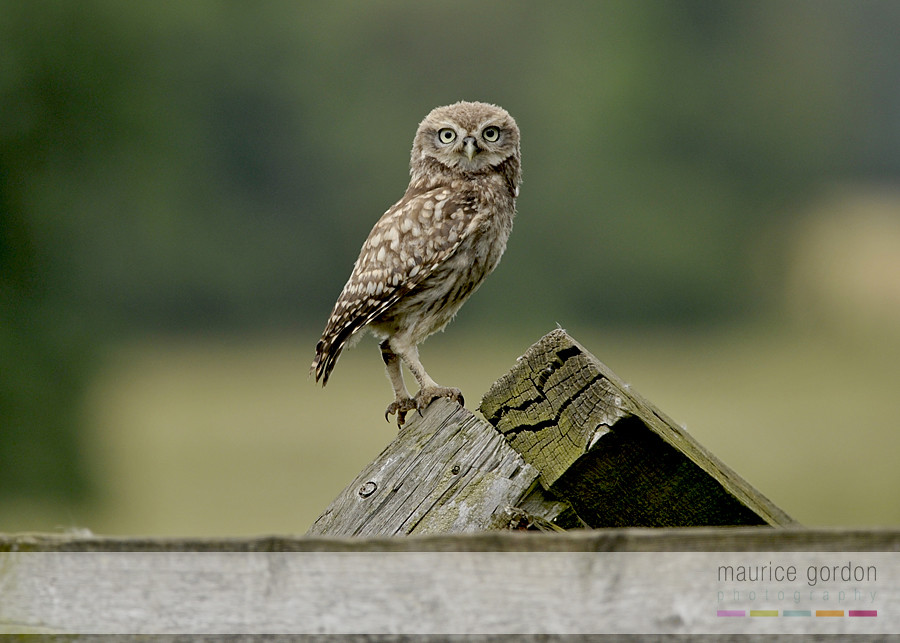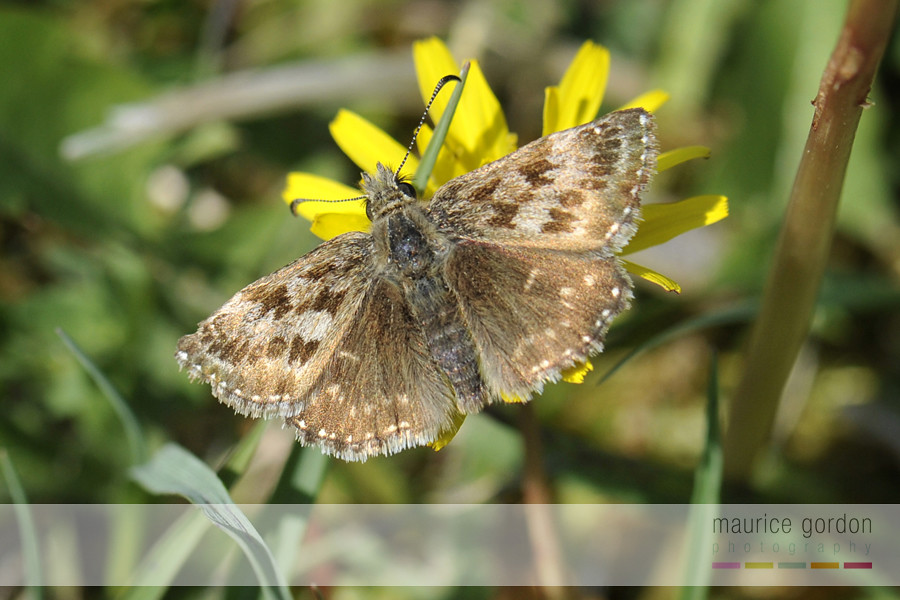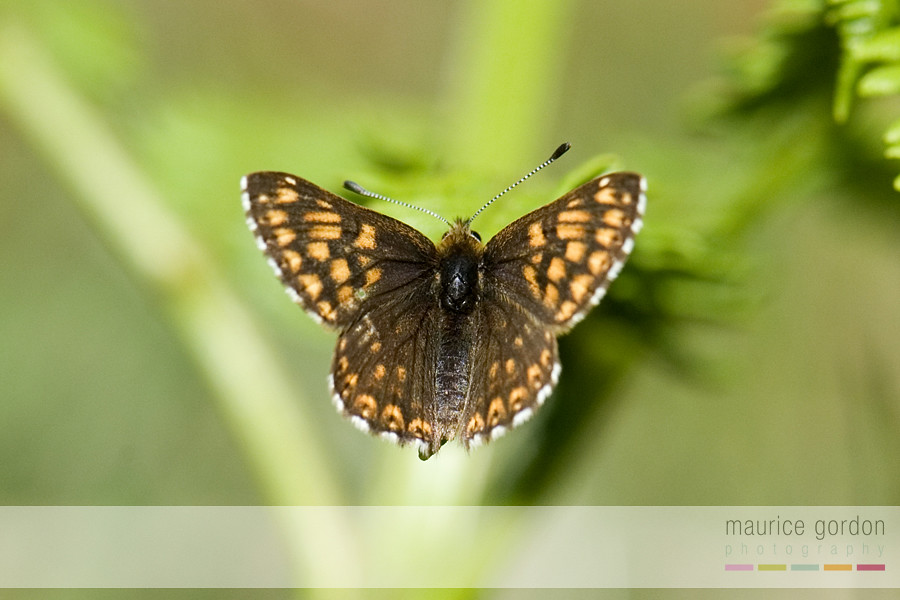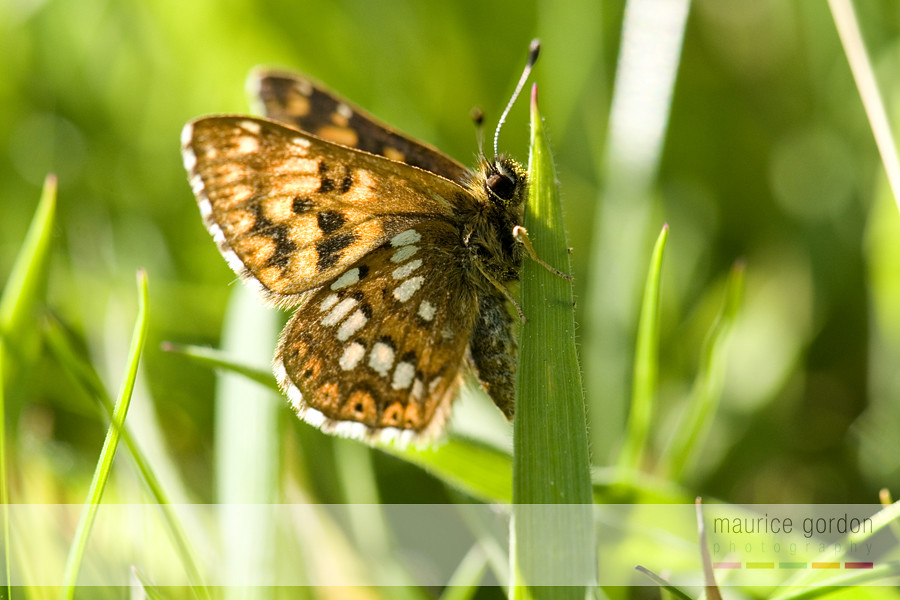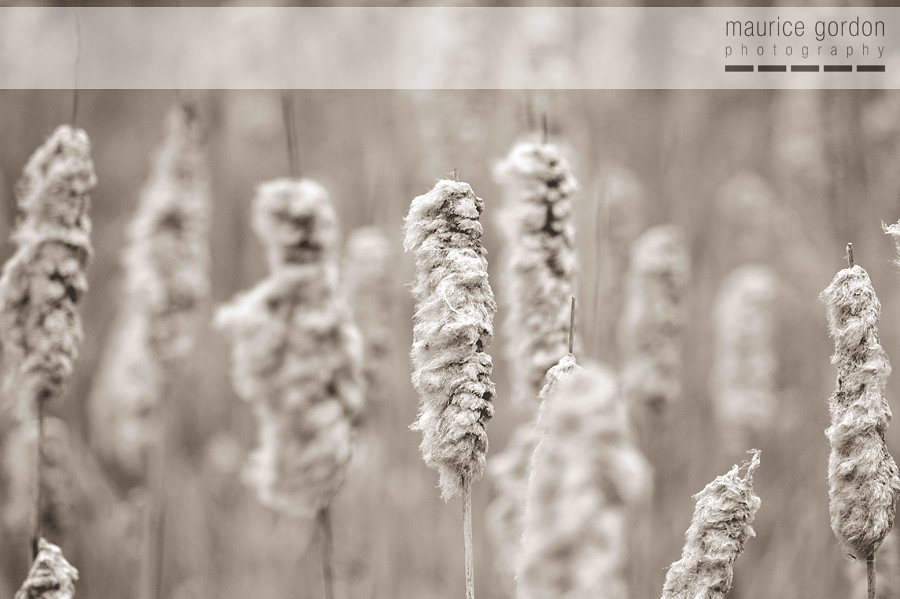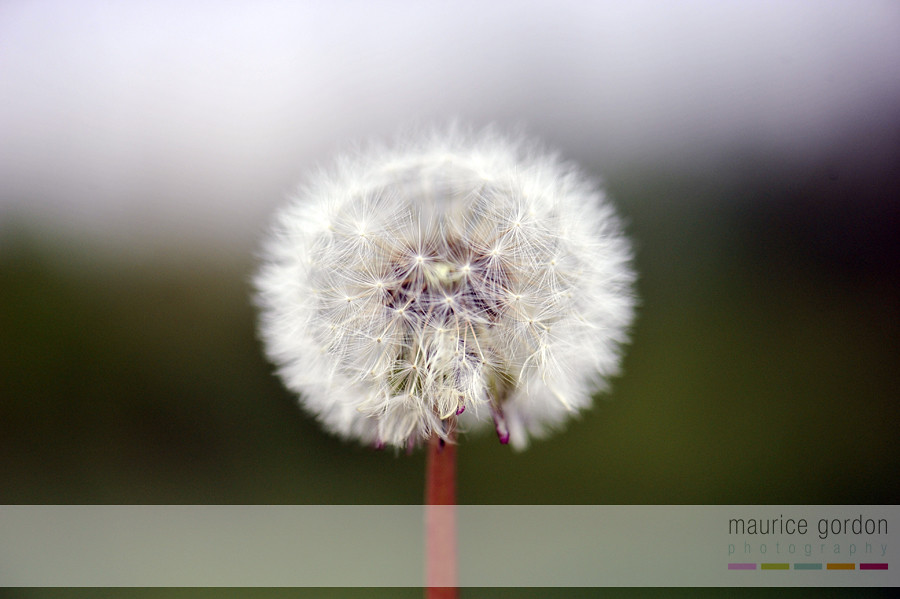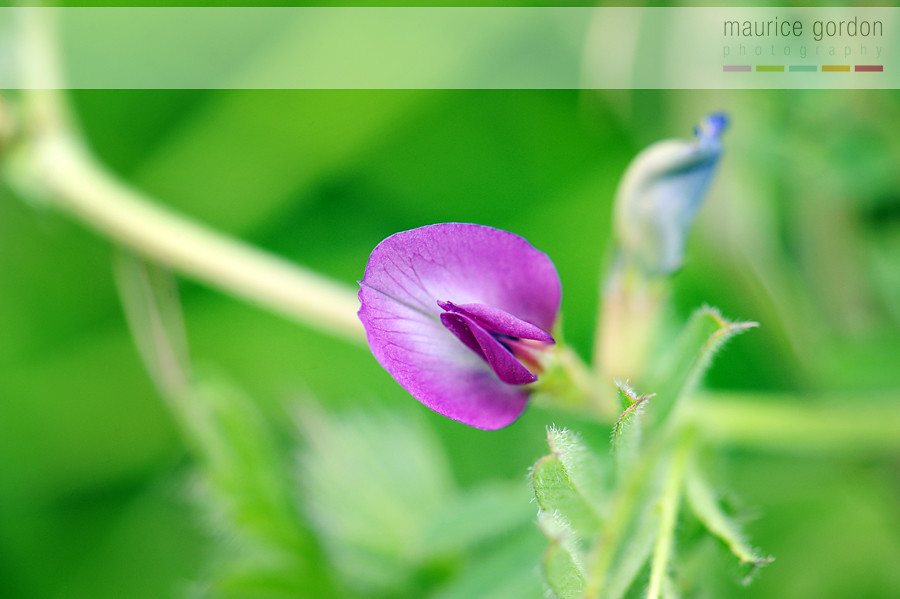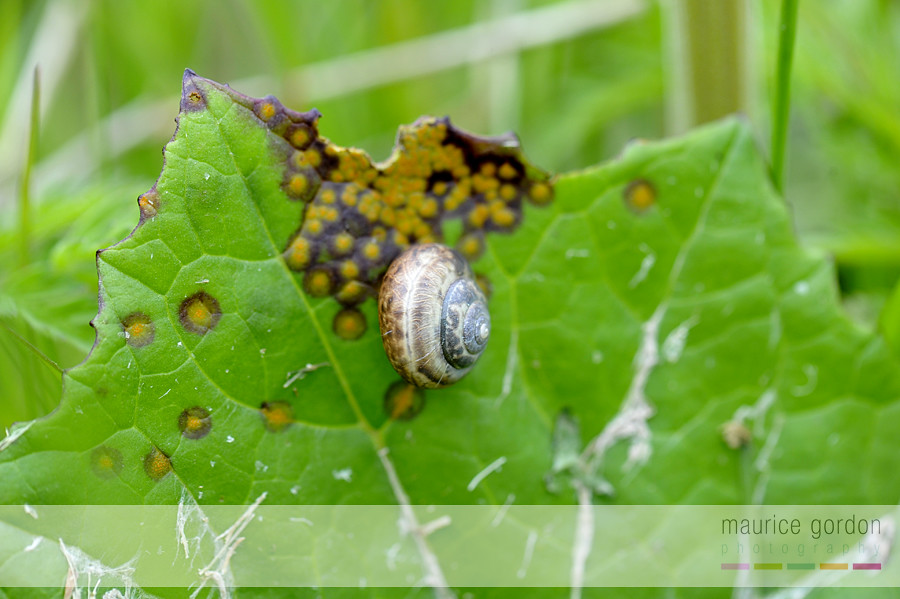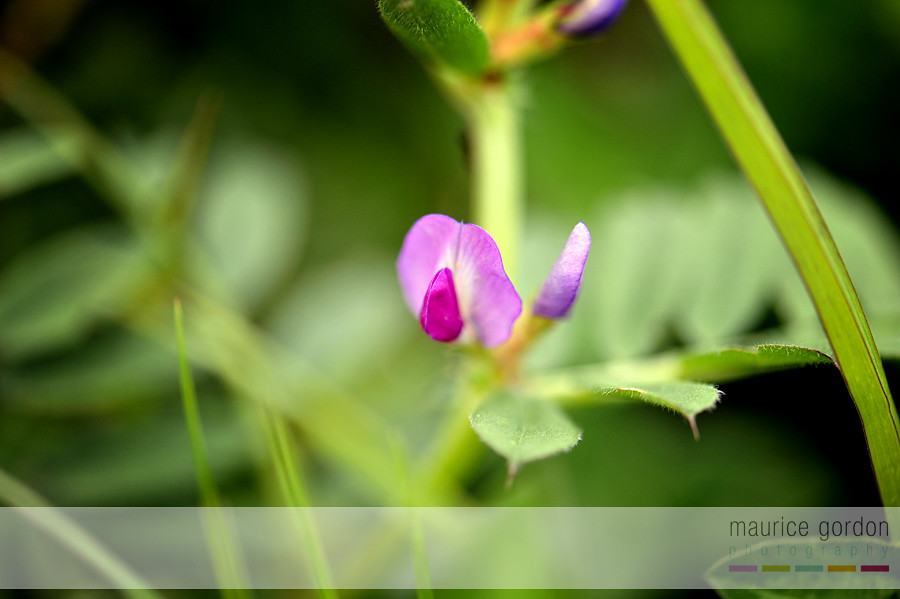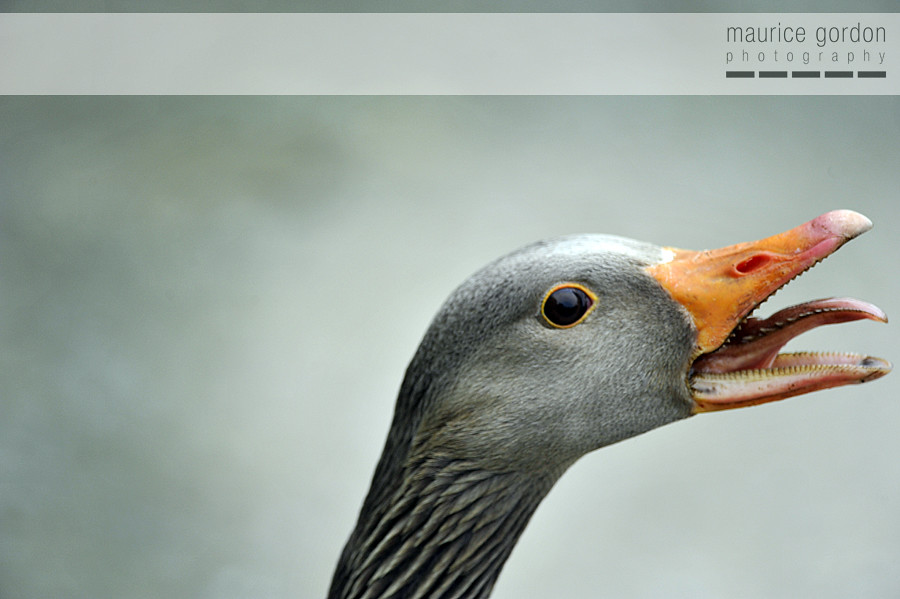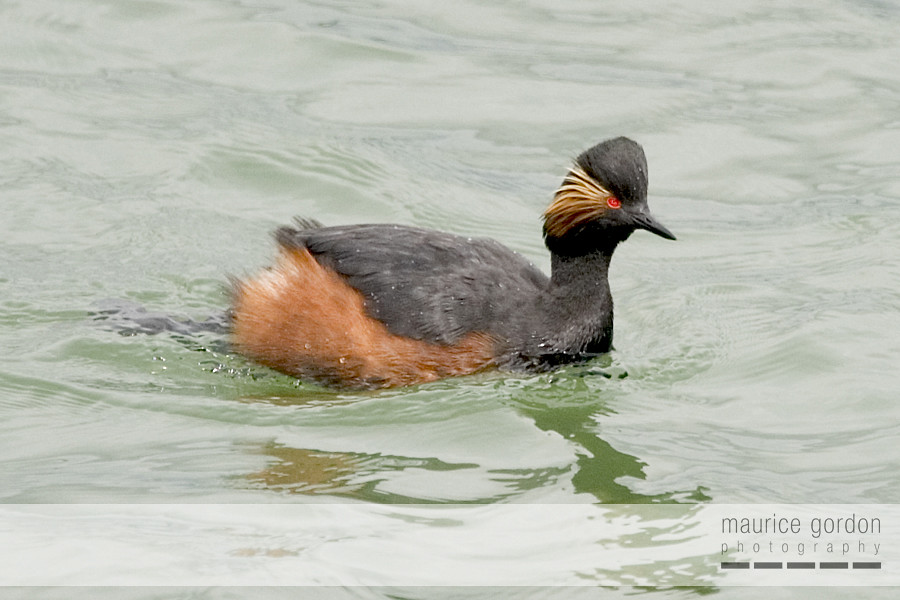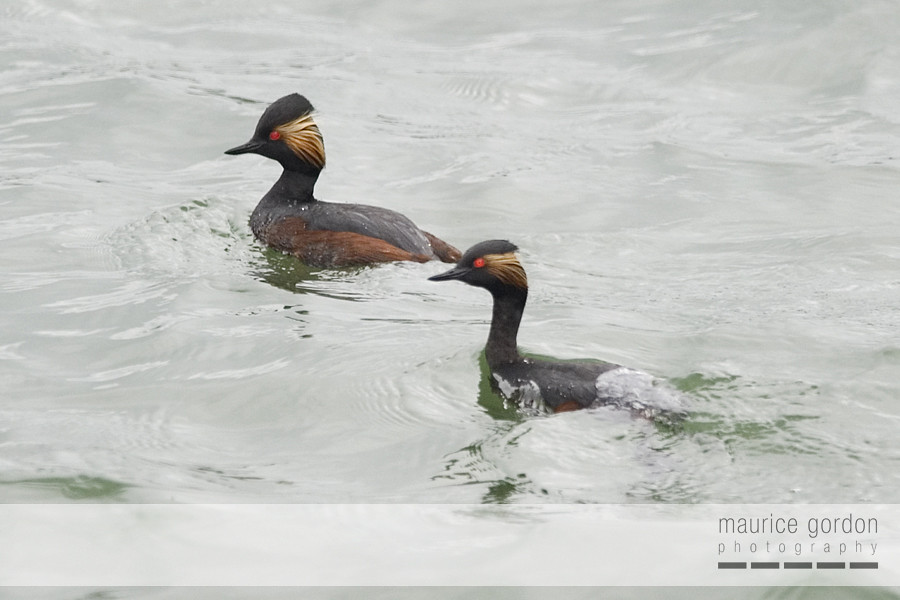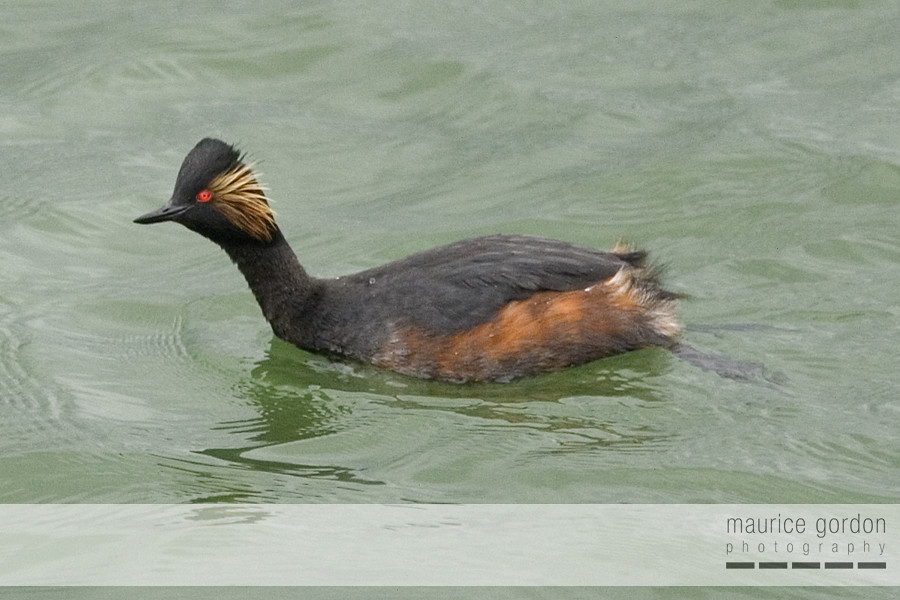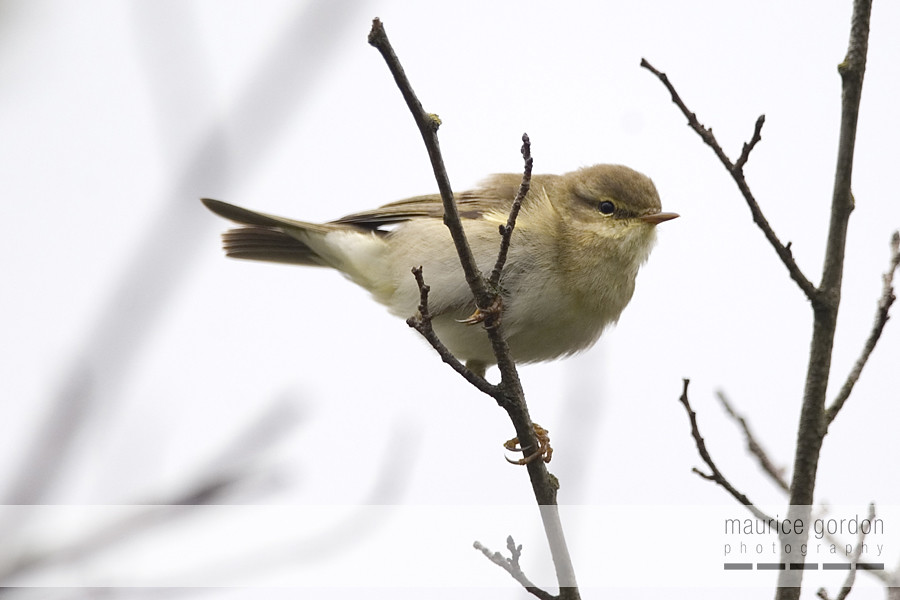
I thought I may be able to resist the temptation to chase after the Waxies this year, but the lure proved to be too great. With hundreds of birds in Hull at the moment I caught up with a couple of tree fulls in Asda car park. An impressive sight but I didn't have a camera with me at the time. Returning a couple of days later with photographic apparatus in tow, there were slightly fewer birds still returning to their favourite tree. I was hoping to park directly under the tree to get closeups from the car window but a local resident seems to use that particular parking space every day. You would have thought the multitudinous Waxwing droppings on the bonnet would have put them off? Another setback photographing birds in a supermarket car park is that people continuously walk up to you to ask you what you are doing and why you are photographing Starlings and then..... "Oh, what are they then, I thought they were just Starlings!" Nothing wrong with Starlings of course! These constant interruptions mean you miss shots while you politely fill people in with the Waxwing back story and the birds also get spooked as you are trying to keep still and steady whilst other spectators wander up but there you go.
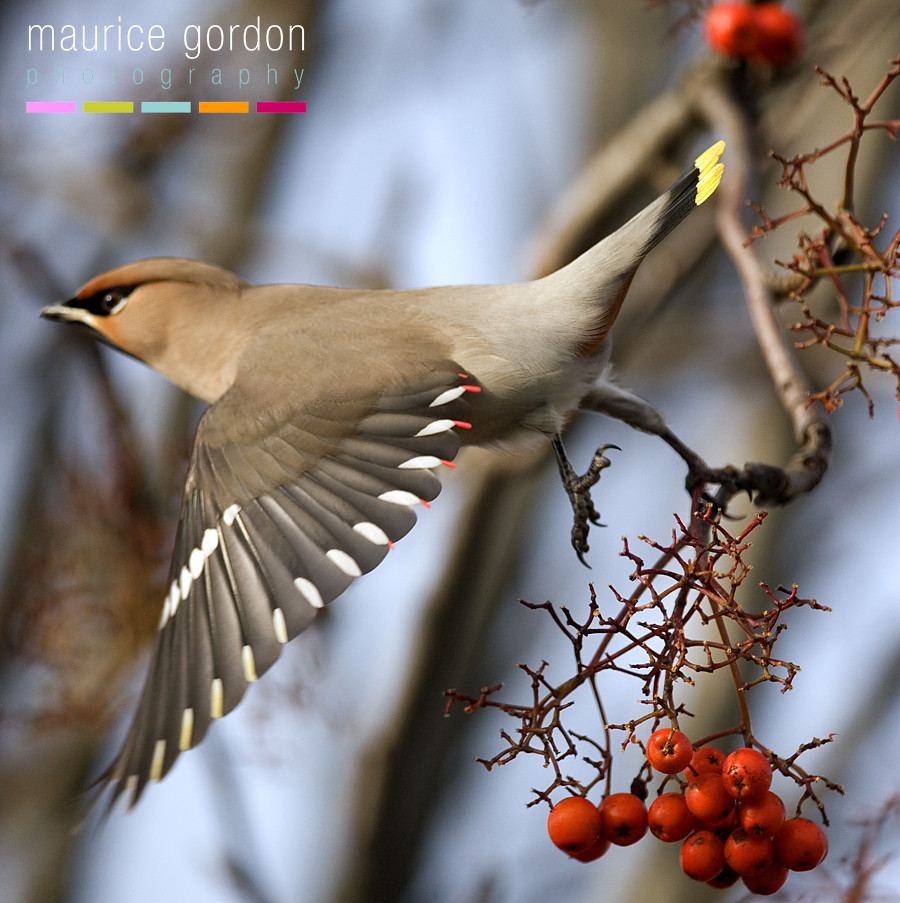
above and below pictures showing the red "sealing wax" feathers which give them their name

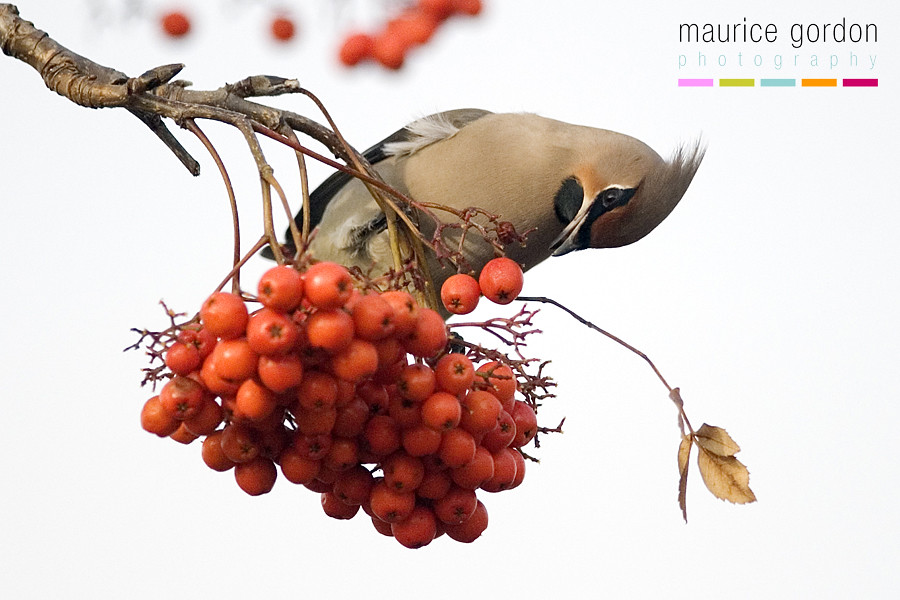

gorging on berries, I think they fill themselves to the brim
